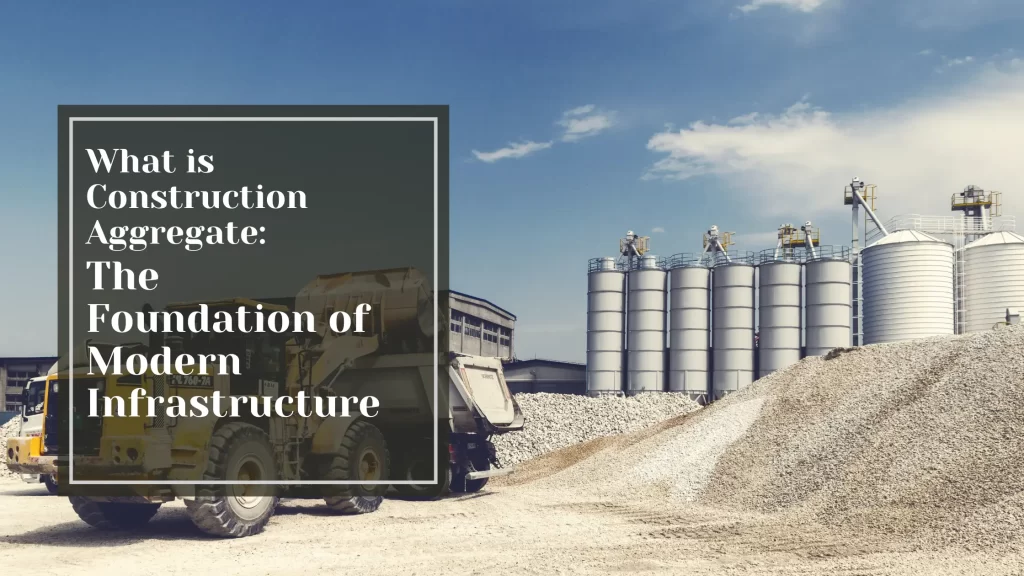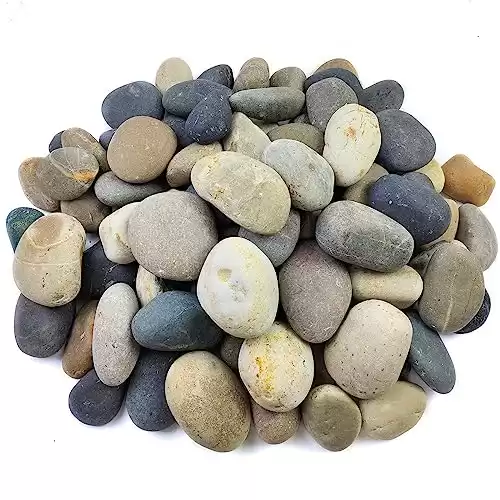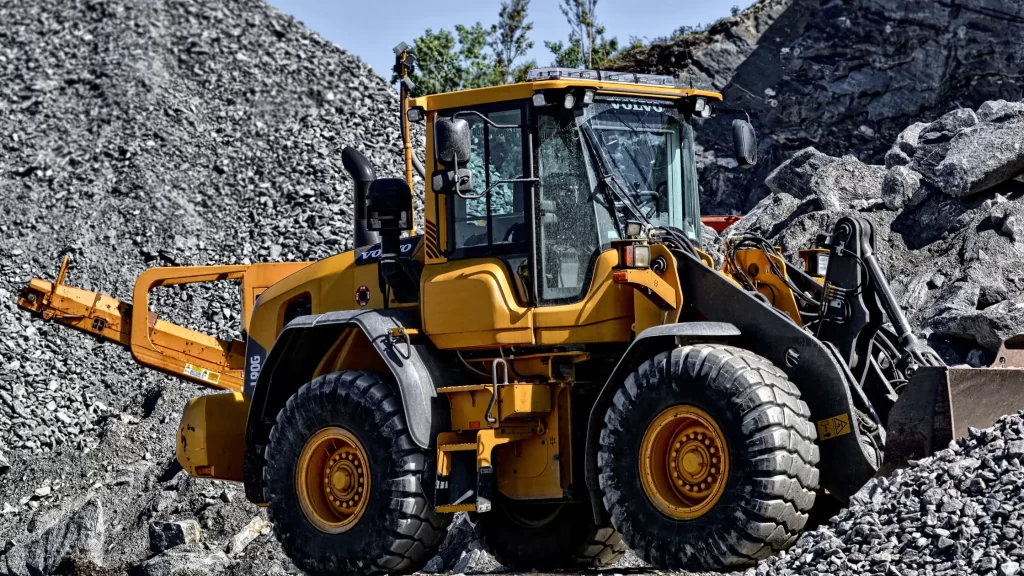
Construction aggregate plays a vital role in the construction industry, serving as the cornerstone for various projects ranging from roads and buildings to bridges and railways. This essential material is often taken for granted, but to understand modern infrastructure development you must first grasp the significance of aggregates. In our exploration, we delve into what construction an aggregate is, shedding light on roles like Carpenter, Electrician, Excavator, and Floorer in the construction world. Also, don’t miss our insights Truck Drivers in the realm of transportation. These details ensure you arrive at the jobsite knowledgeable and ready to go.
Table of Contents
ToggleWhat is Construction Aggregate?

Construction aggregate, simply known as aggregate, refers to a collection of granular materials used in construction projects. These materials are mixed together to create a strong and stable base, providing the necessary support for structures and infrastructure developments. Aggregate materials are combined with cement, water, and other additives to create concrete, the most widely used construction material worldwide.
Enhance your construction projects with the IMAYCC Cement Mixer, a powerful 2100W electric concrete mixer featuring 6-speed control. Just as aggregate materials blend seamlessly to create a strong foundation, this handheld mud mixer effortlessly combines motar, paint, grout, plaster, thinset, and fodder. Elevate your infrastructure developments with this versatile stirring tool, ensuring a stable and well-mixed base for your structures.
Types of Aggregate
There are various types of construction aggregate, each with distinct characteristics suited for specific purposes in construction:
Crushed Stone
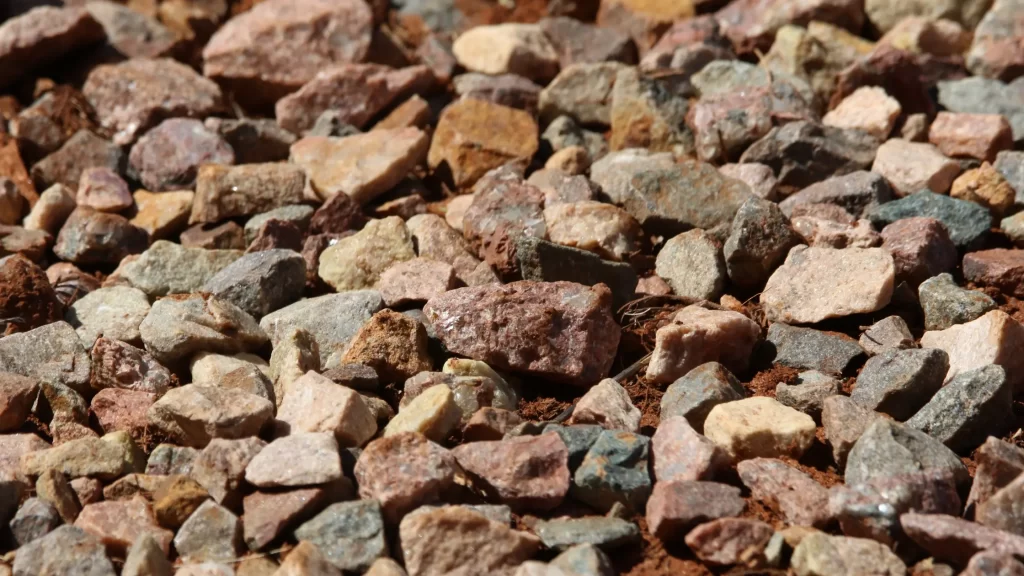
Obtained by crushing larger rocks, crushed stone is the most common and widely used type of aggregate. It comes in different sizes and is ideal for road bases, driveways, and concrete production.
Gravel
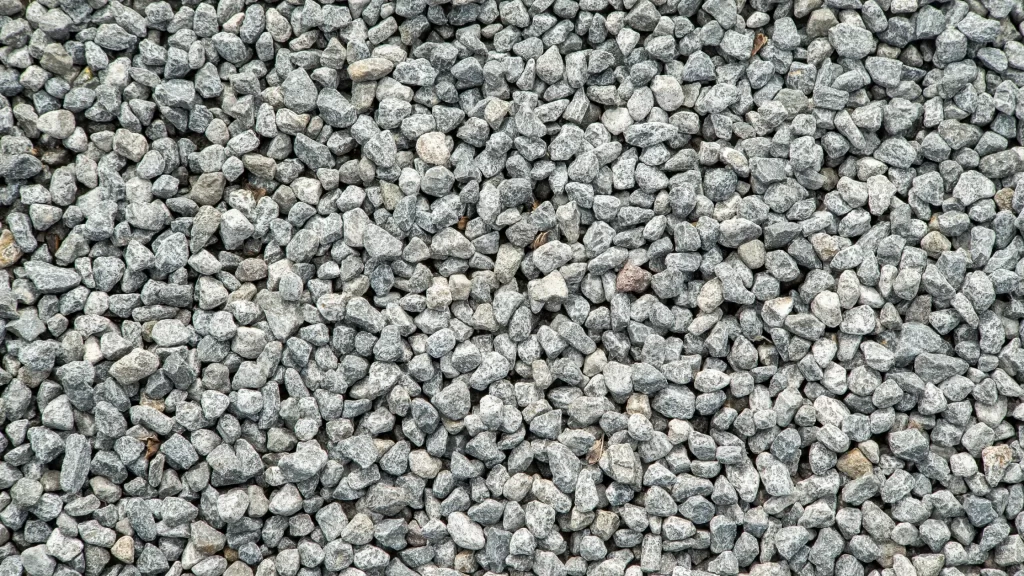
Comprising smaller rock fragments, gravel is often used for drainage systems, landscaping, and in the production of concrete.
Sand
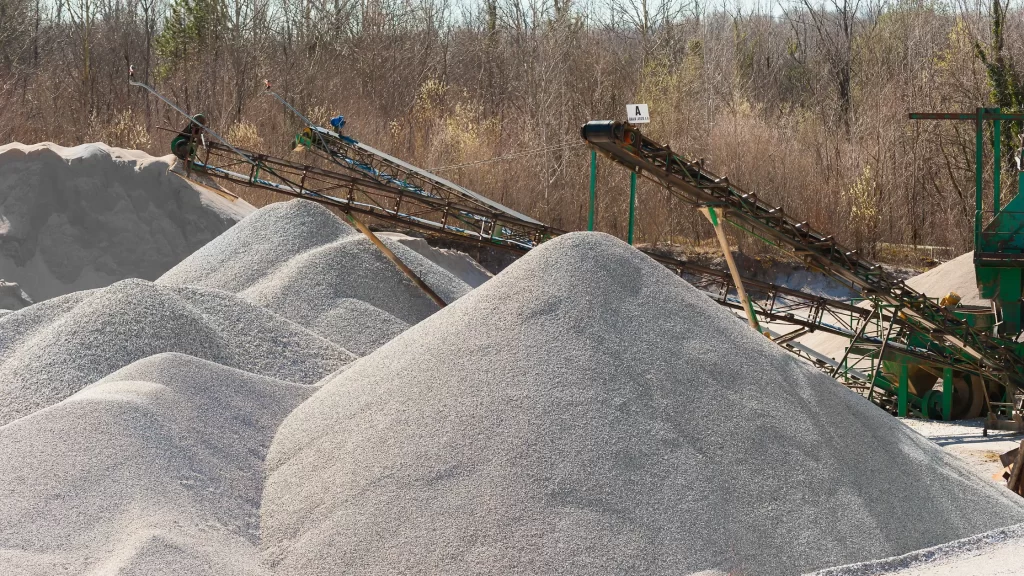
The fine granular aggregate is crucial in making mortar, plaster, and concrete, and is also utilized for bedding pipes and leveling surfaces.
Recycled Concrete Aggregate (RCA)
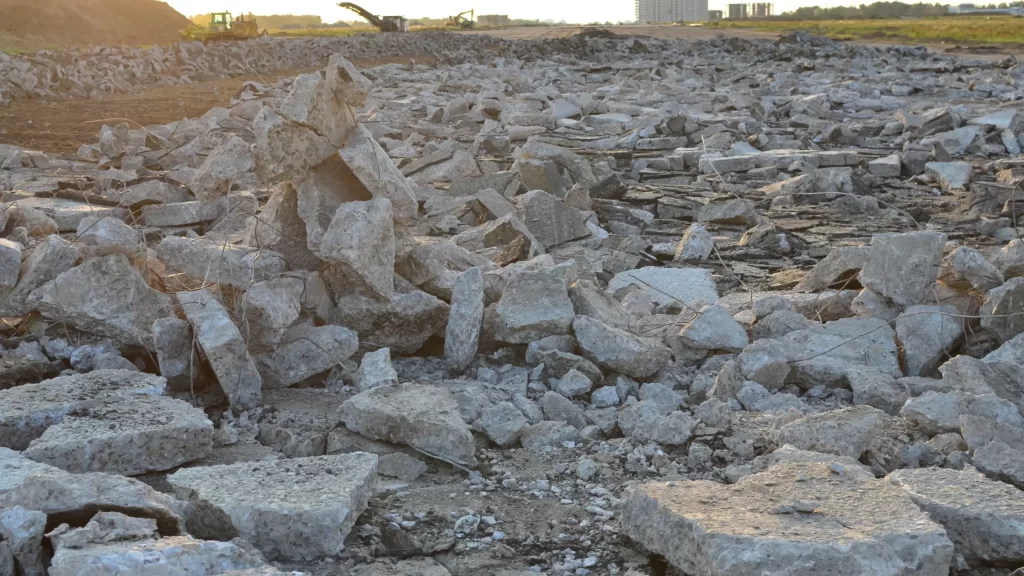
Derived from recycled concrete, RCA reduces the need for new aggregates and minimizes construction waste. It is employed in various applications similar to crushed stone.
Revitalize your outdoor spaces with the Gravel-Lok DIY Stone Bonding Kit. This comprehensive kit not only includes 50 lbs. of river gravel but also the essential 24 oz. Gravel-Lok Bonding Liquid. Just as various types of construction aggregates serve distinct purposes, this kit allows you to create stable, aesthetically pleasing surfaces for pathways and landscaping projects. Easily bond stones with precision, enhancing your outdoor areas with the durability and charm reminiscent of natural gravel formations
Sources of Aggregate
Construction aggregate can be obtained from natural sources or manufactured from recycled materials:
- Natural Sources: Natural aggregate is mined from quarries or collected from riverbeds and shores. Crushed stone, gravel, and sand are commonly extracted from natural deposits.
- Recycled Materials: Construction waste, particularly concrete, can be crushed and processed into recycled concrete aggregate (RCA). This sustainable option reduces the demand for natural aggregates and minimizes landfill waste.
Embrace sustainable waste management with the Rubbermaid Slim Jim Plastic Rectangular Recycling Bin. Much like the responsible sourcing of construction aggregate from recycled materials, this 23-gallon bin facilitates efficient recycling, reducing the demand for new resources and minimizing landfill waste. With venting channels for added practicality, this bin aligns with eco-friendly practices, bringing a touch of environmental responsibility to your space
Applications of Aggregate
The applications of construction aggregate are diverse and can be found in numerous infrastructure projects:
- Road Construction: Aggregates serve as the foundation for roads, highways, and airport runways, providing stability, load-bearing capacity, and resistance to wear and tear.
- Concrete Production: Aggregates are a key ingredient in the production of concrete, which is used for buildings, bridges, dams, and various other structures.
- Railway Ballast: For railway tracks, aggregates are used as ballast to distribute the load from trains and maintain track stability.
- Building Foundations: Aggregates form an essential part of building foundations, ensuring stability and preventing settling.
- Drainage Systems: Gravel and crushed stone are employed in drainage systems to promote water flow and prevent erosion.
- Landscaping: Aggregates are used in landscaping projects, such as in gardens, pathways, and decorative features.
Transform outdoor spaces with FANTIAN 40 lb Natural Unpolished Bulk Rocks. Ideal for landscaping, garden paving, and crafting, these 3-4 inch Mexican Beach Pebbles offer stability and natural charm, mirroring the diverse applications of construction aggregates in infrastructure projects.
Embracing the Essence of Construction Aggregate
Aggregates are an indispensable component of modern infrastructure development. It serves as the backbone of various construction projects, highlighting the importance in creating stable, durable, and sustainable structures. There’s a diverse range of types, sources, and applications for this crucial material. As the construction industry continues to evolve, understanding the significance of construction aggregate will aid in making informed decisions for more efficient and environmentally friendly construction practices.
Frequently Asked Questions
What exactly is Construction Aggregate?
Construction Aggregate, often referred to simply as aggregate, is a collection of granular materials utilized in construction projects. It forms a sturdy base for structures by combining materials like crushed stone, gravel, sand, and recycled concrete.
How are different types of Construction Aggregate used in projects?
Various types serve specific purposes – crushed stone for road bases, driveways, and concrete; gravel for drainage and landscaping; sand for mortar and concrete; and recycled concrete aggregate (RCA) as a sustainable alternative.
Where do construction projects source their Aggregates?
Aggregates are sourced from natural deposits, mined from quarries, or collected from riverbeds and shores. Additionally, recycled materials, particularly concrete, can be processed into eco-friendly RCA, reducing the need for new aggregates.
What role does Construction Aggregate play in infrastructure development?
Construction Aggregates are the backbone of infrastructure projects, providing stability for roads, buildings, railways, and more. They’re crucial in concrete production, serve as railway ballast, form building foundations, contribute to drainage systems, and enhance landscaping projects.

